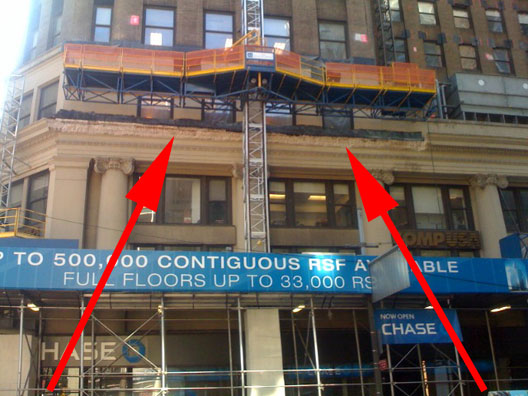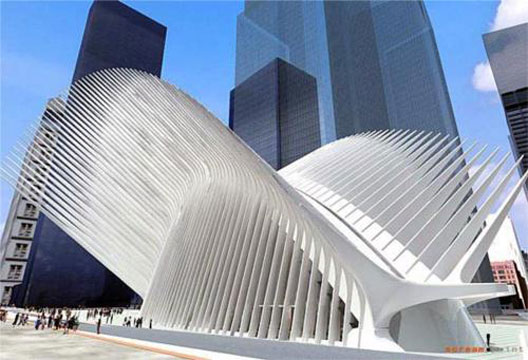The New York Times has a brief article about a church that could not afford to expand on their historic structure, and so instead worked a deal with a developer to get space under a new highrise. In addition, neighborhood improvements were also carried out. The article poses the most poignant question that preservationists must face: is the historic architectural fabric more important than the quality of life of those who inhabit the spaces?
This question is really the crux of modern preservation. With modern laws and sensibilities homes and structures relating to famous people will be saved and preserved, it is the fabric and architectural experiments of the nameless faceless crowd that really make up our architecturally history and too often they are pushed aside for progress. In the case of this article it IS sad to see such an interesting structure fade into the past, but then again is it worse to see a community die around a building like this? The issue here comes down to a matter of means, if it was possible the church should have found a developed willing to build a building that would create architectural interest and install a plaque/display about the old building. That way, even though some of the history would be lost, it would not be forgotten, and the new building would have the potential of filling the same architectural niche that the old one did.

